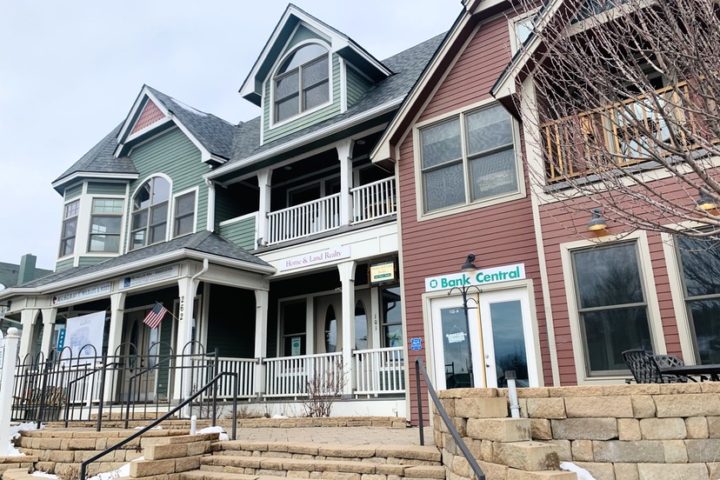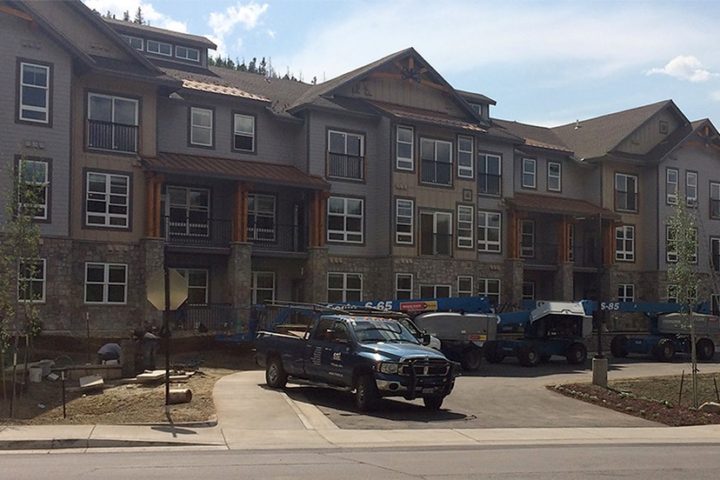The majority of youth should be able to have a career and eventually raise a family without being forced to leave. A healthy and vibrant community will continue to evolve and the rural character and small town atmosphere will be preserved…
— from the ‘Vision Statement’ of the Archuleta County Community Plan as updated in 2017.
You can’t win ’em all.
Four years after updating its Community Plan, it would seem the ‘majority of youth’ are being forced to leave the Archuleta County community. The question, of whether a “healthy and vibrant community” is continuing to evolve, is difficult to answer in the affirmative.
Some might feel that a “rural character and small town atmosphere” still lingers in Pagosa Springs. But there are multiple ways to define a community’s “character and atmosphere.”
Our government planning documents, written over the past couple of decades, tend to define “character and atmosphere” in terms of overall architectural design… and in terms of “enhancing property values.”
When, for example, when developers were applying in 2005 for building permits for the Town Terrace Building — in the heart of downtown Pagosa Springs — a considerable amount of attention was paid to whether the building echoed the architectural style of certain nearby buildings.

Most of the nearby buildings had been constructed during the first half of the 20th century, so the architects were expected — by Town leadership — to make this brand new building “look historical.” (The owners were additionally required to provide on-site parking, which took up a considerable portion of the property and was, of course, utterly out of step with the traditional character of downtown Pagosa.) I believe the Town Planning Department was, at the time, rather pleased with the end product.
I’m unable to estimate how much additional design and construction expense accrued to the Town Terrace developers, by expecting them to align with outdated architectural styles, and by requiring on-site parking. Some communities encourage a healthy and vibrant evolution of architectural styles. Not so much, Pagosa Springs.
But there’s another way to analyze “rural character and small town atmosphere” that has little to do with fake-historic-looking architecture. This alternate definition pertains to, not how your community ‘looks’, but how it ‘functions’.
Is the community driving away the majority of its youth and its workforce? If that’s the case, then we are destroying our “small town character” and we’re becoming a retirement resort, rather than a “town”. It’s very possible that most of our current government and community leaders are comfortable with Pagosa Springs becoming a retirement resort. It’s very possible that “how the town looks” is more important, to them, than “how the town functions”.
Then again, we do have some (scant?) evidence that our leadership does not, in fact, want the majority of our youth and our workforce to be forced to leave.
We are sharing, this morning in the Daily Post, an article written by Daniel Herriges — OPINION: ‘Zoning Snowball’ Finally Heading Downhill? — wherein Mr. Herriges expresses optimism about planning and zoning policies in America. He correctly notes that many communities, over the past century, accepted the idea that Americans prefer and deserve single-family homes — and they embedded, in their official land use codes, policies that promoted vast neighborhoods of exclusively single-family homes, where other types of housing and urban development were either prohibited outright, or were discouraged.
This relatively modern development pattern was facilitated by the internal combustion engine, mass-produced rubber tires, and corporate assembly-line manufacturing — all of which would have taken us pretty much nowhere, of course, without a thriving and profitable oil industry.
This modern approach to the development of communities was utterly contrary from historical urban development patterns everywhere in the world, prior to 1900. Historically, people in urban areas — cities and towns — lived within walking distance of all essential services: shopping, schools, medical care, churches, manufacturing, entertainment, parks. This pedestrian-based development pattern was very much in evidence during Pagosa’s first 75 years.

An essential part of these historic development patterns, especially in larger cities all around the world, were multi-family buildings, especially apartment buildings. Before the arrival of the automobile, it was impossible to envision a functional urban community where everyone lived miles away from the town center in “single-family” homes. Living close to one another, and close to services… close to everything… made the best sense.
In much of rural America, however — in Pagosa Springs, for example — the idea of apartment living never caught on. Historically, the housing pattern in Archuleta County has focused almost exclusively on single-family homes, both in and around the the town’s commercial core, and out on the surrounding ranch properties. (I assume Pagosa had some ‘boarding houses’ but I can’t say for sure.) Later, the ranches were converted to subdivisions, which continued the basic pattern of single-family homes.
A big question facing our leaders and property owners here in Pagosa, in the year 2021: Is it time to change the pattern?
From a website called friends.org, an article dated August 8, 2019:
Today, Oregon Governor Kate Brown signed into law HB 2001, a groundbreaking statewide mandate that is rapidly gaining national attention, and is considered by many, including 1000 Friends of Oregon, to be the most important piece of housing legislation in Oregon since SB 100 itself. No other state in the nation has yet achieved such progressive residential zoning reform…
Sponsored by Representative Tina Kotek, Speaker of the Oregon House of Representatives, HB 2001 restores the opportunity to build classic Oregon home types such as duplexes, triplexes, fourplexes, townhomes, and cottage clusters on lands currently zoned exclusively for single-family homes. Historically, much of this land once qualified for such structures (which is why you see so many of them in many of Oregon’s most cherished historic neighborhoods), but was rezoned in the mid-20th century (which is why you see so few of them in Oregon’s newer neighborhoods, or on any property that has been rebuilt in the intervening years)…
Over the next few years, the 50 towns and cities in Oregon with populations of 10,000 people or more will be required to adopt zoning changes that allow for duplexes on current single-family-zoned lots. For cities of 25,000 people or more, the zoning changes will need to allow for the full suite of housing types mentioned above. Single-family homes are of course still permitted, but will no longer be the only type of home allowed…
Over the next decade or two, then, patterns of development will begin to shift, with smaller multi-unit homes once again filling in the fabric of our cities, adding back the gentle density that brings with it increased affordability, accessibility, and other urban amenities, while reducing energy consumption and carbon emissions…
In the long run, HB 2001 will mean that Oregon’s children, grandchildren, and generations yet to come will all enjoy a better, broader set of housing options than are currently available… Just as SB 100 was, when it established Oregon’s statewide land use planning program nearly 50 years ago, HB 2001 will become one of the single most important efforts in Oregon history to, in the words of Governor Tom McCall, “keep Oregon lovable and to make it even more livable.”
